From the thousands of feet of frozen glaciers to the rising seas off Savannah’s coast, Georgia Institute of Technology researchers are measuring, modeling, and predicting just how climate change is impacting our oceans.
Tag: Ice Sheets
Global warming reaches central Greenland
A temperature reconstruction from ice cores of the past 1,000 years reveals that today’s warming in central-north Greenland is surprisingly pronounced.
Bering Land Bridge formed surprisingly late during last ice age
A new study shows that the Bering Land Bridge, the strip of land that once connected Asia to Alaska, emerged far later during the last ice age than previously thought.
Paris Agreement temperature targets may worsen climate injustice for many island states
While the world focuses on limiting the rise in global temperature to 1.5 or 2 degrees Celsius over the preindustrial average, increasing meltwater from ice sheets presents an existential threat to the viability of island and coastal nations throughout the world.
Geoscientists to study structure and properties of Antarctic lithosphere
Researchers from Washington University in St. Louis received a grant from the National Science Foundation to determine the thermal and compositional structure of Antarctica using seismic, gravity and topography data and petrological modeling.
Study Illustrates Nuances of Gravitational Pull of Ice Sheets
When a large ice sheet begins to melt, global-mean sea level rises, but local sea level near the ice sheet may in fact drop. In American Journal of Physics, a researcher illustrates this effect through a series of calculations, beginning with a simple, analytically tractable model and progressing through more sophisticated mathematical estimations of ice distributions and gravitation of displaced seawater mass. The paper includes numerical results for sea level change resulting from a 1,000-gigatonne loss of ice, with parameter values appropriate to the Greenland and Antarctic ice sheets.
Decline in CO2 cooled earth’s climate over 30 million years ago, scientists find
New research led by the University of Bristol demonstrates that a decline in the concentration of atmospheric CO2 played a major role in driving Earth’s climate from a warm greenhouse into a cold icehouse world around 34 million years ago. This transition could be partly reversed in the next centuries due to the anthropogenic rise in CO2.
Catastrophic Sea-Level Rise from Antarctic Melting is Possible with Severe Global Warming
The Antarctic ice sheet is much less likely to become unstable and cause dramatic sea-level rise in upcoming centuries if the world follows policies that keep global warming below a key 2015 Paris climate agreement target, according to a Rutgers coauthored study. But if global warming exceeds the target – 2 degrees Celsius (3.6 degrees Fahrenheit) – the risk of ice shelves around the ice sheet’s perimeter melting would increase significantly, and their collapse would trigger rapid Antarctic melting. That would result in at least 0.07 inches of global average sea-level rise a year in 2060 and beyond, according to the study in the journal Nature.
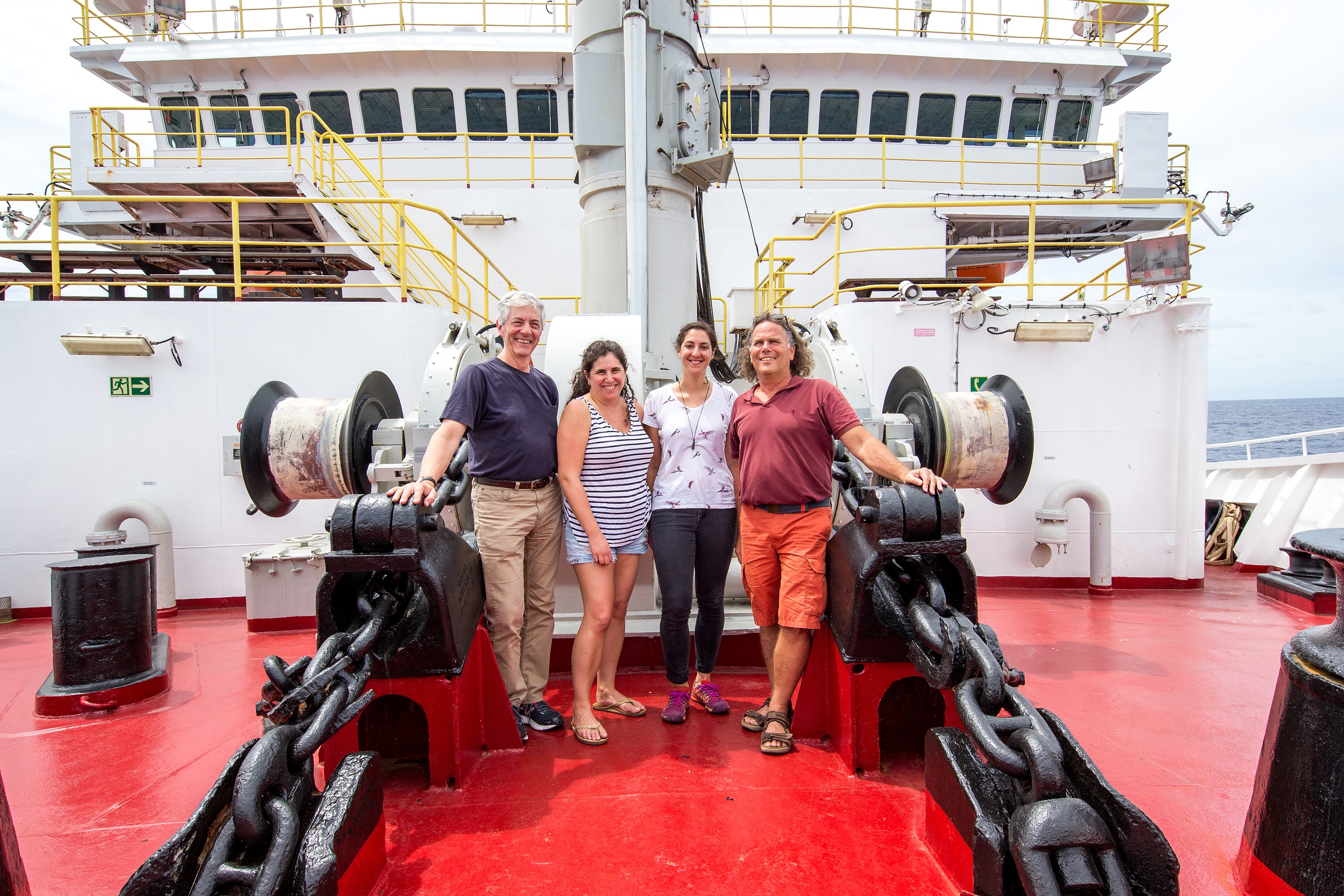
Important Climate Change Mystery Solved by Scientists
Scientists have resolved a key climate change mystery, showing that the annual global temperature today is the warmest of the past 10,000 years – contrary to recent research, according to a Rutgers-led study in the journal Nature. The long-standing mystery is called the “Holocene temperature conundrum,” with some skeptics contending that climate model predictions of future warming must be wrong. The scientists say their findings will challenge long-held views on the temperature history in the Holocene era, which began about 12,000 years ago.
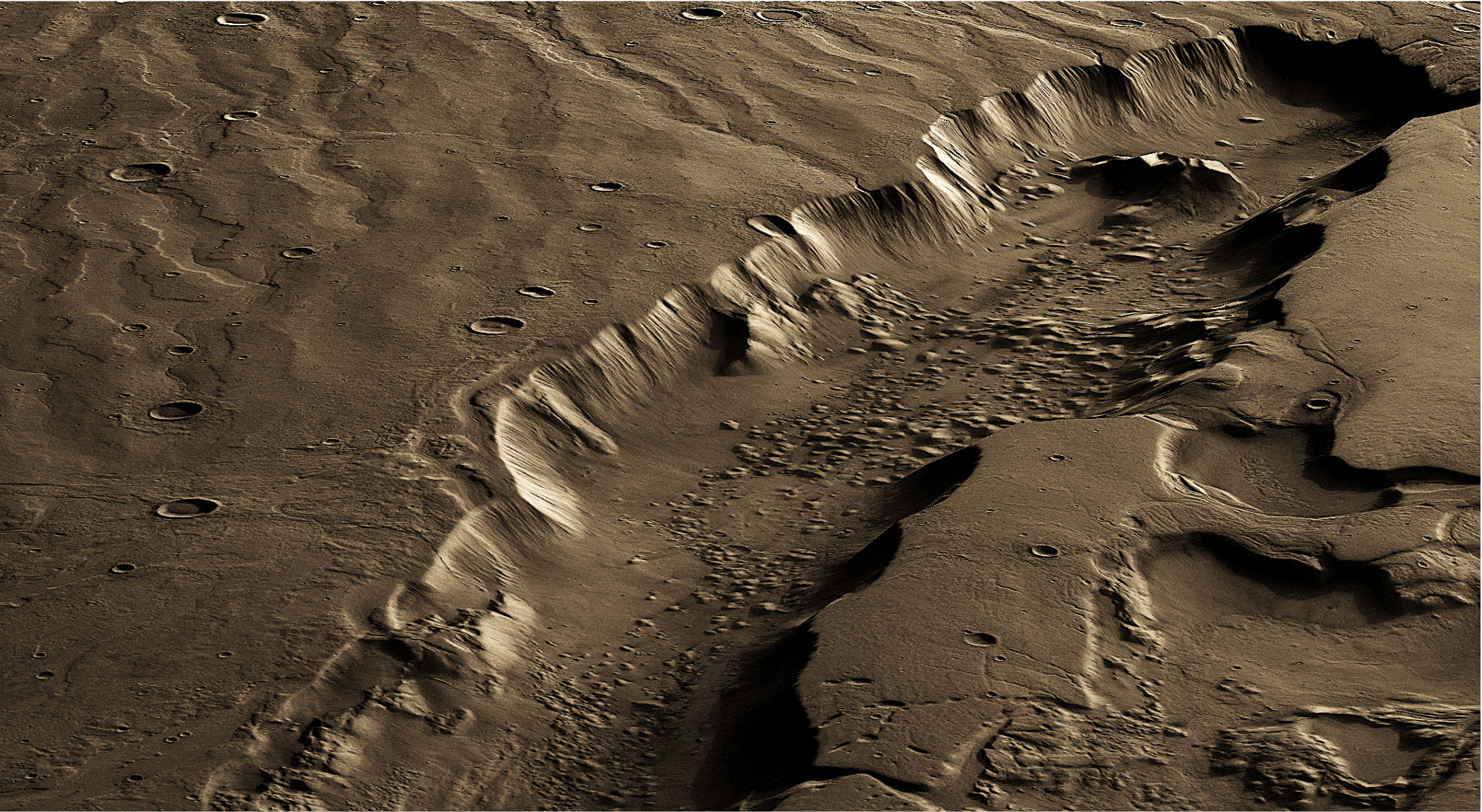
Best Region For Life on Mars Was Far Below Surface
The most habitable region for life on Mars would have been up to several miles below its surface, likely due to subsurface melting of thick ice sheets fueled by geothermal heat, a Rutgers-led study concludes. The study, published in the journal Science Advances, may help resolve what’s known as the faint young sun paradox – a lingering key question in Mars science.
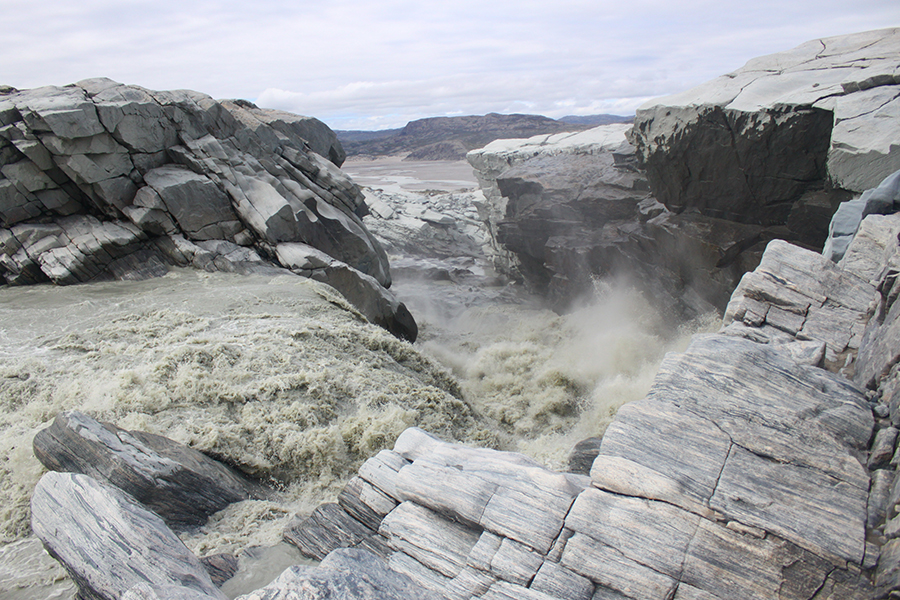
New Clues Shed Light On Importance Of Earth’s Ice Sheets
Study Stems from Antarctic Expedition to Drill Through Glaciers
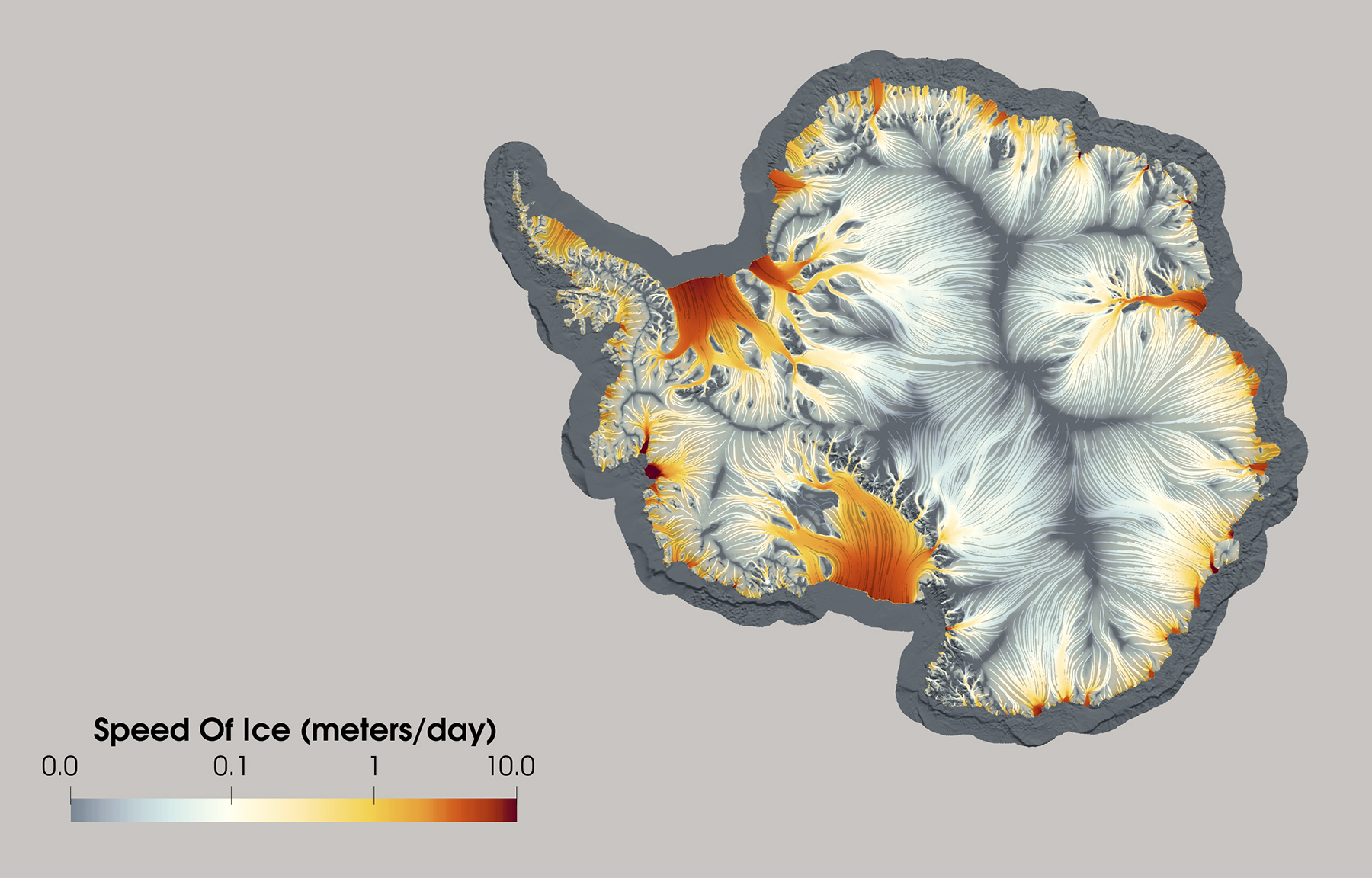
Up to 15 inches of sea-level rise from ice sheets by 2100 predicted by international modeling collaboration
Los Alamos National Laboratory, working with three dozen other institutions from around the world, has helped to create the most accurate prediction of how melting ice in Antarctica and Greenland will contribute to global sea-level rise.
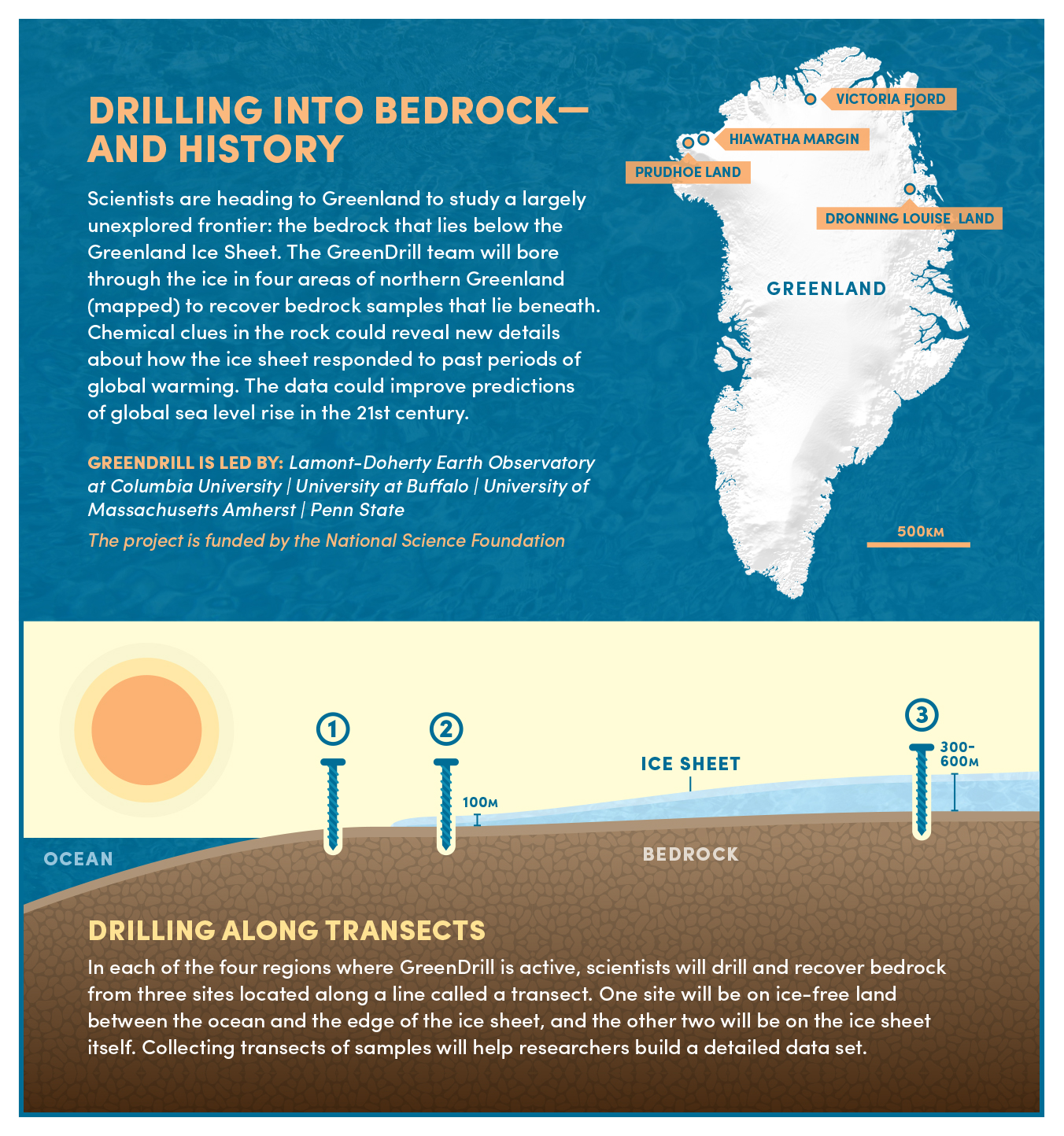
Bedrock drilling project to unlock Greenland Ice Sheet’s secrets
The GreenDrill team aims to unearth new details about the history of the Greenland Ice Sheet. The data could improve predictions of how much global sea levels will rise in the 21st century as ice sheets shrink, researchers say.
Rutgers Expert Available to Discuss Greenland Ice Sheet Study
New Brunswick, N.J. (Dec. 23, 2019) – The southern Greenland Ice Sheet may experience precipitous melting this century due to a much smaller temperature increase than scientists thought would be required, according to a Rutgers co-authored study. The global sea level…
Rutgers Experts Available to Discuss Report on Rising Seas and Changing Coastal Storms in N.J.
New Brunswick, N.J. (Dec. 12, 2019) – Rutgers University–New Brunswick experts are available to comment on “New Jersey’s Rising Seas and Changing Coastal Storms: A Report of the 2019 Science and Technical Advisory Panel.” The N.J. Department of Environmental Protection commissioned…